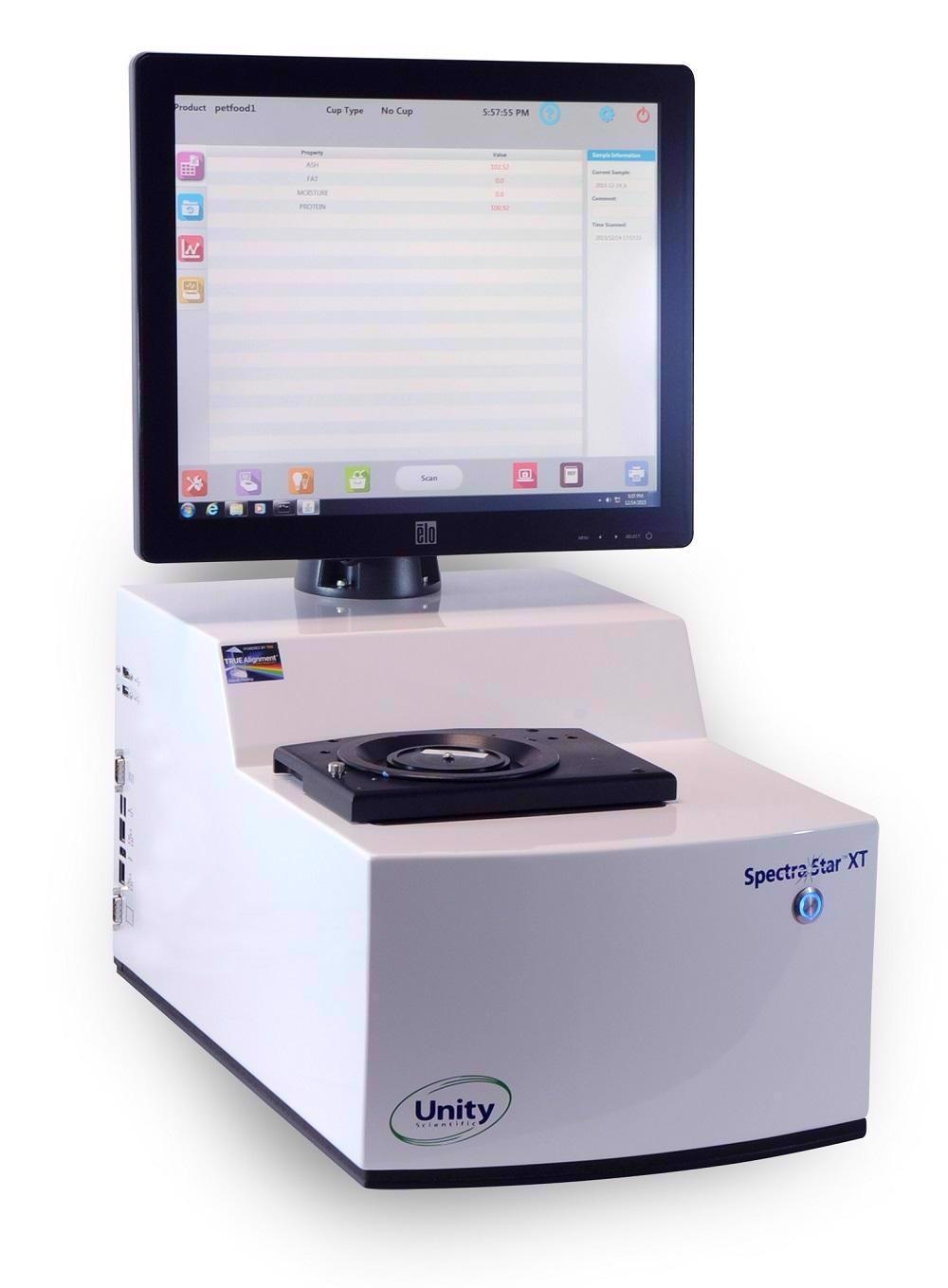May 5 2022
An interview with KPM Analytics, discussing the major analytical challenges faced by food manufacturers and the development of a flexible NIR spectrometer that is enabling analysis at the production line itself.
How is vibrational spectroscopy used in the food industry?
Vibrational spectroscopy is a great technique because it's very quick, it's non-destructive, and it doesn't use any dangerous chemicals. It's great for at-line and in-process testing, as it can provide rapid compositional information about a food sample.
Several different techniques are currently used in the food industry, and each of these comes with specific advantages and disadvantages, but overall, vibrational spectroscopy is a great tool for obtaining high quality, accurate, and precise data.

Image Credits: Shutterstock / igorstevanovic
What are the main analytical challenges that manufacturers face in the food industry?
One of the biggest issues in the food industry is being able to obtain accurate, reliable, and precise information at-line and as early in the manufacturing process as it is feasible. For food manufacturers, it's all about repeatability and making your product as consistent as possible. You also need monitoring techniques that will allow you to respond quickly if something isn’t right.
How can the SpectraStar range help alleviate some of the challenges that scientists face?
One important thing about the SpectraStar is its setup, which is in a sealed case. It's designed to be in an at-line process environment where there are temperature swings and potentially dusty environments. This means it can be as close as possible to the production line, enabling you to provide immediate feedback as to what's happening in your process.
A second key feature about this instrument is that the technology that we chose for the SpectraStar is a scanning monochromator. It's the most accurate technology you can get in the NIR analyzer space.
Generally, these instruments will be almost as accurate as a reference lab while also being much more precise or reproducible. This is exactly what you need for both a production or lab environment. You're getting fantastic quality data in 30 seconds, right next to the production line.

Image Credits: KPM Analytics
Which food products can the SpectraStar be used to analyze?
Near-infrared instruments must be calibrated to the specific product type. To make things easier, we have developed a library of starter and mature calibrations for most common ingredients and many products that are commonly found in the food industry. However, we also understand that every manufacturer will have a slightly different finished product. This is why we customize our starter calibrations for many customers.
KPM Analytics takes pride in developing instruments that are fast and flexible. Why do you think flexibility is important in the food industry?
These days, scientists need to analyze so many different food stuffs – oils, slurries, powders, and even snack foods. Sample cups need to work with all of these ingredients, so designing a cup that’s easy to clean was a high priority for us.
Flexibility implies usability too. For example, if you're analyzing 50 or 100 samples a day, a process that reduces the clean-up time by 10 seconds or more per sample is huge. This is why all of our instruments are designed with the end user in mind.
Download the Technical Specifications for the SpectraStar range.
If you could send one message to food manufacturers who are thinking of switching to the SpectraStar NIR, what would it be?
We would tell them that we understand what they need. We know that consistency is key. Think of it this way, "Imagine if you could have a laboratory at-line in your production, providing almost real-time data and feedback to your production line, what would that be worth?".
We know that for many manufacturers, switching to a new piece of equipment is a leap of faith. People are often afraid of this technology because of the sheer number of possible calibrations, but when you are presented with the right expert, it's very easy to implement.
What’s next for the company?
We've recently added the Bruins Instruments line of NIR products to our portfolio. This broadens our offering for NIR technologies and allows customers to select a product that fits their application and budget.
Disclaimer: The views expressed here are those of the interviewee and do not necessarily represent the views of AZoM.com Limited (T/A) AZoNetwork, the owner and operator of this website. This disclaimer forms part of the Terms and Conditions of use of this website.